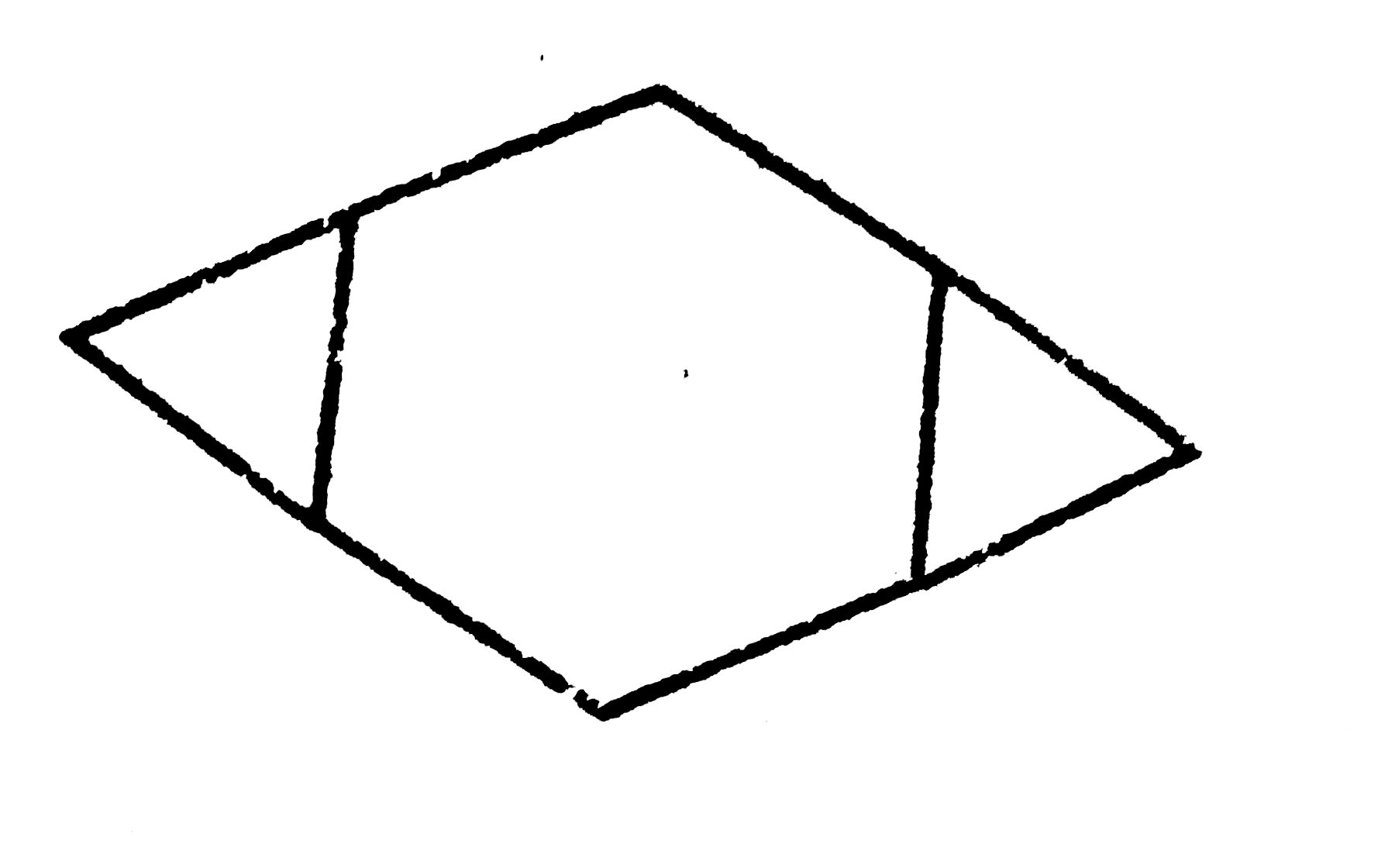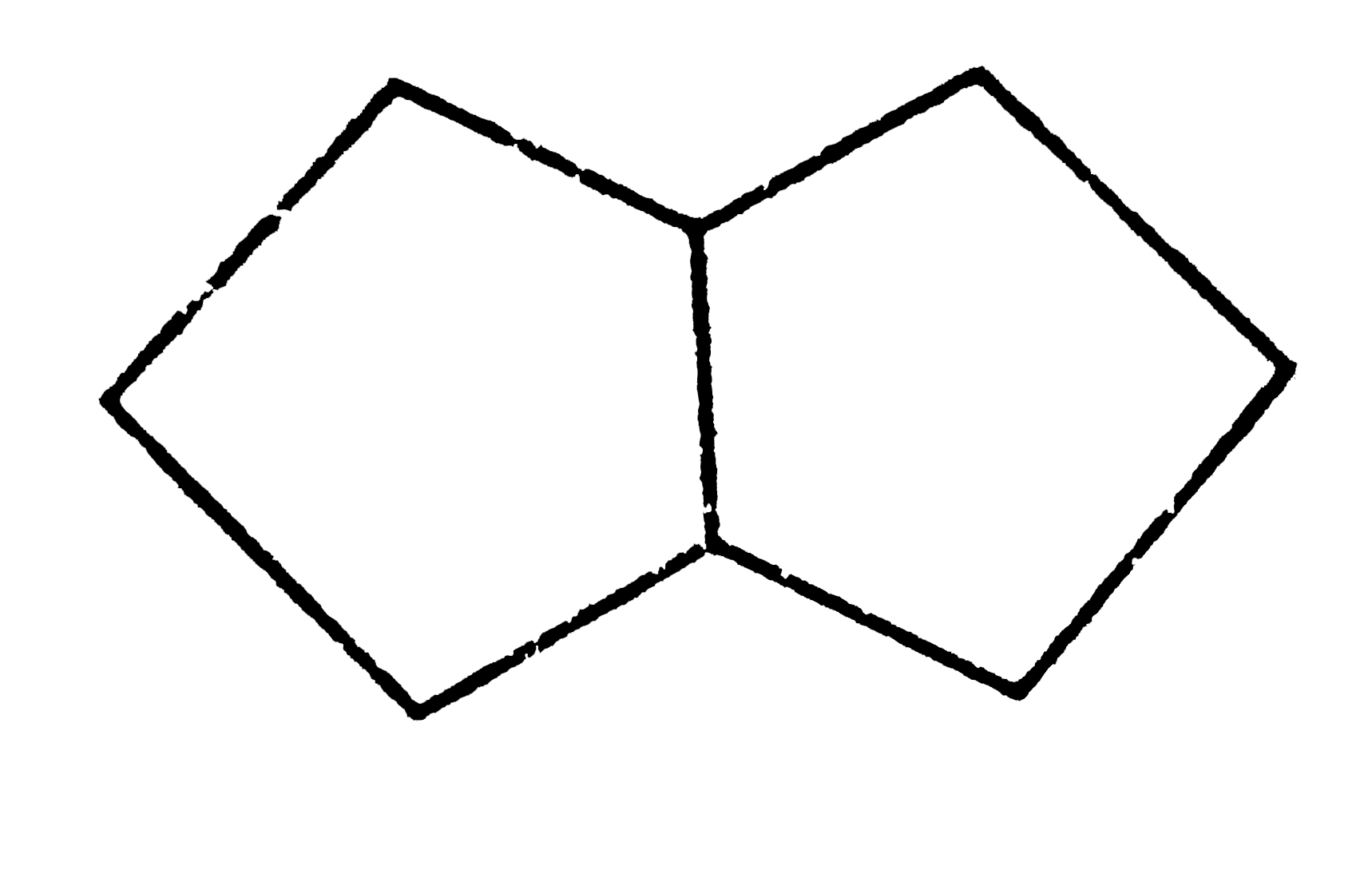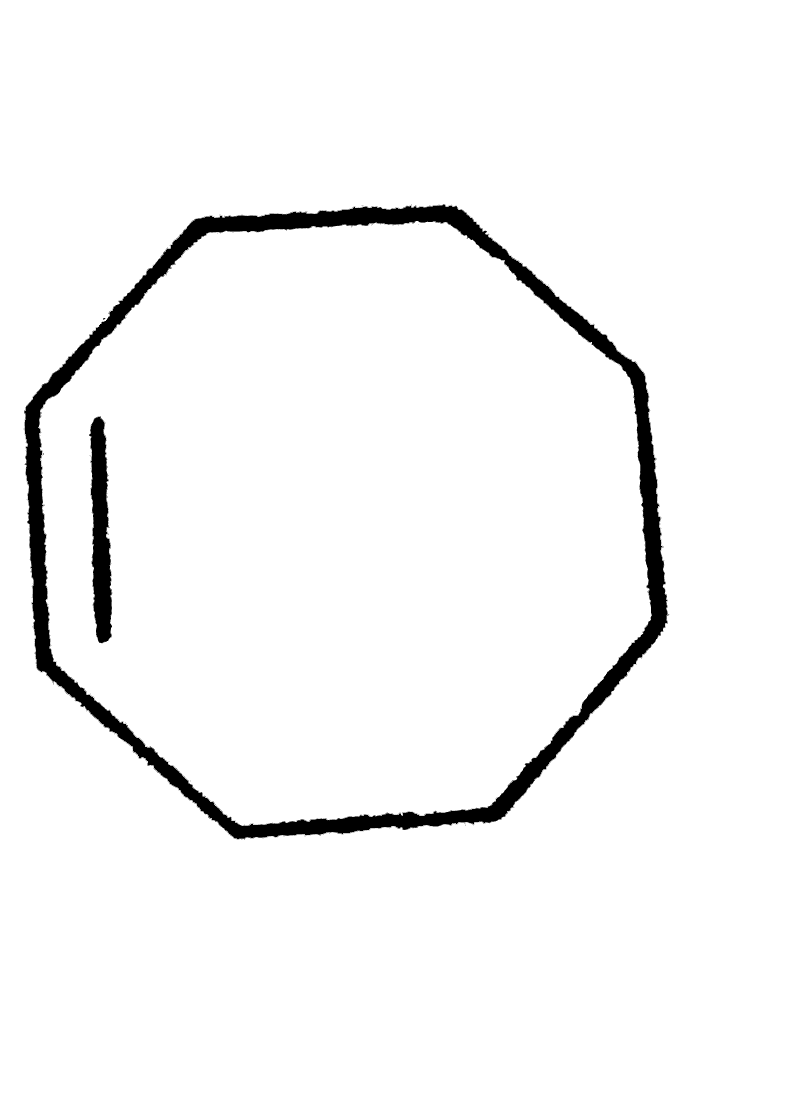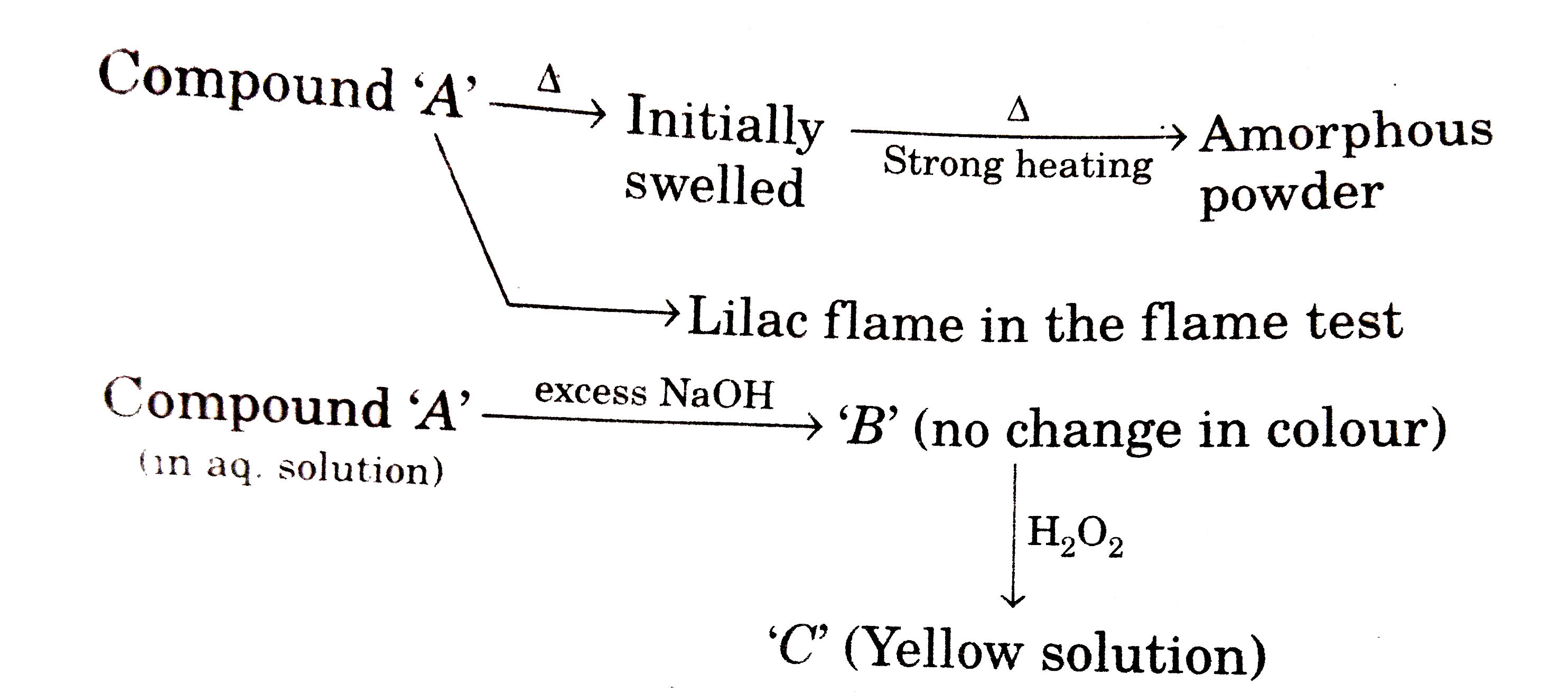In 20th century, German scientist Werner succeeded in clarifying the structures of the five compounds consisting of platinum, chlorine, and ammonia. Some of the properties of these compounds are shown below in the table.

(i) What is the oxidation state and coordination number of Pt in compound C?
(ii) Which of the complexes formed for the compounds A, B, C, and D have structural isomers?
(iii) Predict the shape of each compound.
Step by step video & image solution for In 20th century, German scientist Werner succeeded in clarifying the structures of the five compounds consisting of platinum, chlorine, and ammonia. Some of the properties of these compounds are shown below in the table. (i) What is the oxidation state and coordination number of Pt in compound C? (ii) Which of the complexes formed for the compounds A, B, C, and D have structural isomers? (iii) Predict the shape of each compound. by Chemistry experts to help you in doubts & scoring excellent marks in Class 12 exams.
Updated on:21/07/2023Topper's Solved these Questions
Similar Questions
Knowledge Check
Which of the compound shown below are isomers?
A B
B C
C D
D
Structural isomers of a given compounds must have-
ASame molecular formulaBSame double bond equivalentCSame chemical propertiesDdifferent physical propertiesAmong the compounds shown below which one revealed a linear structure ?
ANO2BHOClCO3DN2O
Among the following compounds, which is not a structural isomers of others?
View SolutionThe number of isomers of C6H14 is
View Solution
The compound 'B' is having oxidation state of:
View SolutionThe number of structural isomers for an aromatic compound C7H8O is
View SolutionAccording to Werner's theory of coordination compounds ,
View Solution

